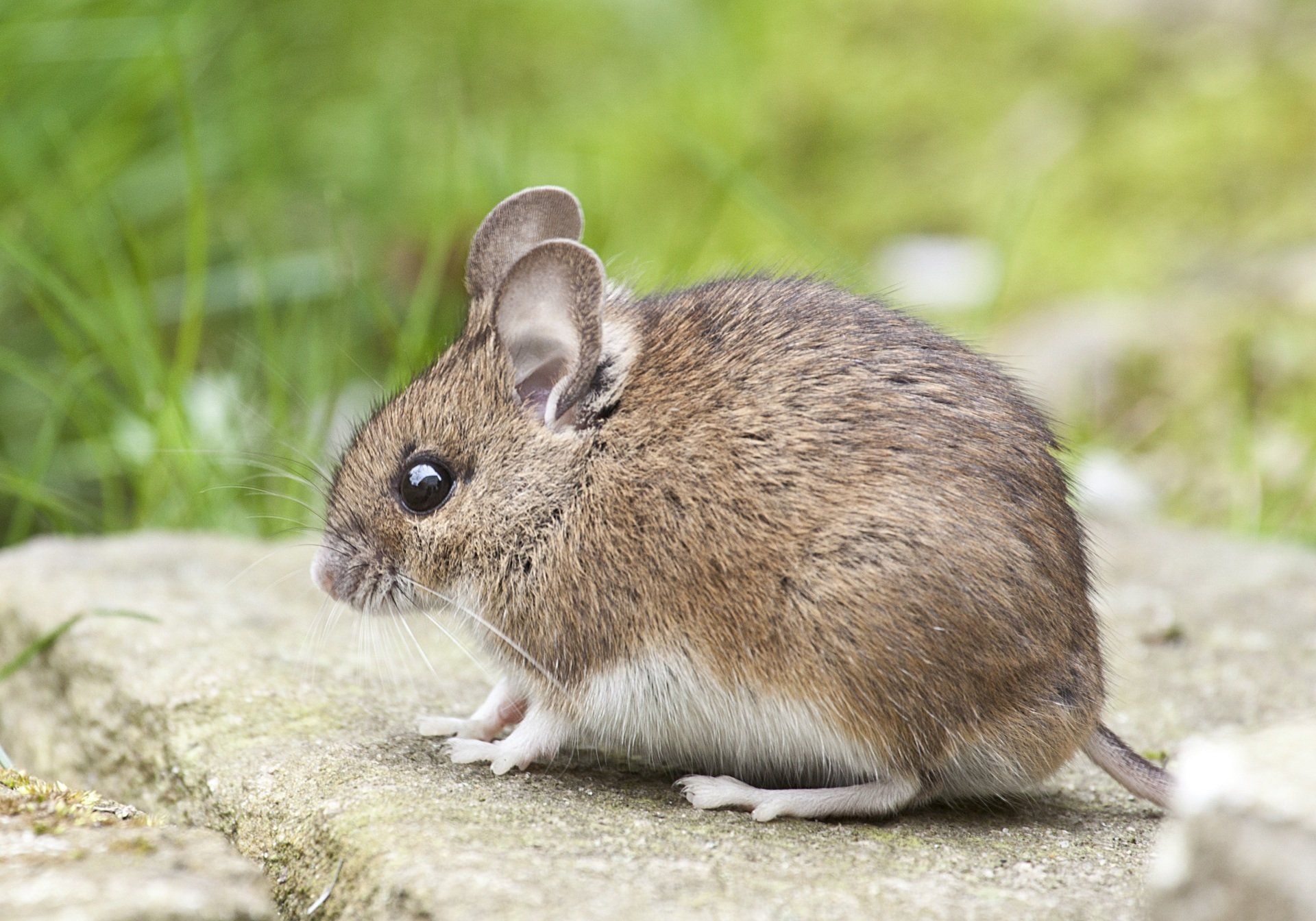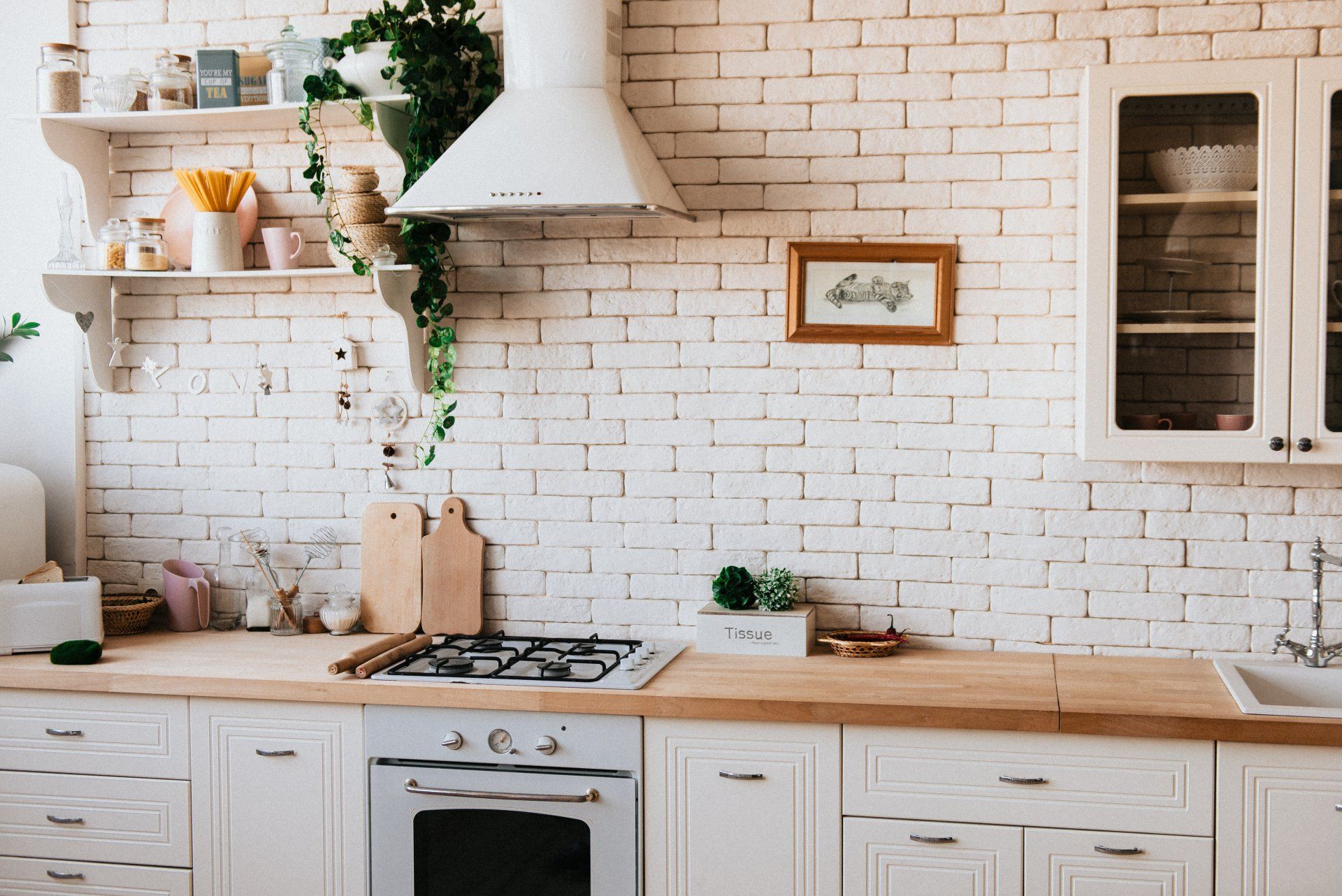How to Keep Mice and Rats Out of Your Home and Garage
Make sure your family and your goods are safe by following these simple steps to get rid of these critters.

If you discover rats or mice in your garage, it's just as unpleasant as discovering them in your house. As well as contaminating and damaging your decorations, storage items, and dogs' food in the garage, they can also cause your vehicle or other stored machinery useless due to their presence.
During the coldest months of the year, rodents will seek refuge in your home's garage, where they may feed on food and wiring. Toys, toolboxes, and workbenches in garages provide a great hiding place for rats and mice. Infestations of rodents can occur in even the most meticulously maintained garages since these pests prefer to build their nests in the walls.
When rats or mice infest your home, getting rid of them can provide you with a sense of security and save money on home and car repairs. Rodents can multiply quickly and mature into sexually reproducing adults in as little as a year, making timing critical in the fight against rodent infestations. Even though rodent activity can be overwhelming, it is possible to control these pests using the items and methods described in this guide.
Tips to Avoid Rats and Mice in Your Home & Garage
1. Remove Food Sources from the Environment
Mouse nirvana is found in garages, where bird and pet food, as well as other delicious bits and ends (even cardboard), like to accumulate. A cookie dropped by a kid becomes a mouse family buffet if there are crumbs under the couch.
All food should be stored in solid containers, not only in bags. Rats can eat plastic bins, so be warned. Using metal containers is the only way to keep rats out of your food.) Mice tend to avoid containers made of plastic, such as garbage cans and Rubbermaid tubs.
Keep it tidy & spotless at all times! Appliance gaps, such as those between the range and the fridge, can gather food scraps that are tough for you to clean but perfect for mice to feast on. As long as they can fit their heads into a spot, they can also fit their bodies in there.
2. Seal All Entry Points
After you've finished cleaning your garage, check the perimeter of your property for any potential entrance points. Rats can squeeze through openings little larger than a dime than mice. Your garage door and other doors that lead to the inside of your home should permanently be closed. Maintain a tight seal around and below these door frames to avoid gaps or holes.
Around windows, garage frames, and doors; where plumbing meets the wall; on the exterior and interior walls; the bottom of the home foundation; and in corners of rooms are all common entry spots for pests and other unwanted visitors. Caulk can be used to seal these openings, and copper mesh can be used to cover bigger gaps that can't be filled. Copper mesh is a material that rodents can't readily chew through, which is why we recommend it.
Close your garage door all the way to ensure a firm seal. A door sweep or threshold will be needed to fill any gaps. There should be no gaps between the garage door and the floor when either of these choices is fitted. The door may need to be replaced if there is still a gap after installing these devices.
3. Set out traps
Installing snap traps is a good first step after securing the building's and garage's entry points. These traps can be used to catch rats and mice, respectively, but we prefer to use the Solutions Easy Set Mouse Trap. The Easy Set Snap Traps eradicate rodents more reliably and hygienically. Because of the design, it's easier to put up, there's less possibility of breaking a finger, and you don't have to contact the trapped rodent to get it out.
When using the Easy Set Snap Trap, place it in areas where rodents usually congregate, such as beneath storage items and plastic containers, in dark and hidden corners of a room, and against a wall, where rodents frequently migrate. A rat or mouse will be forced to touch the trap if it has its end with peanut butter facing the wall.
At least once a day, check the trap locations to remove dead pests and refill the bait. Because it has a richer scent, fresh bait is more enticing to rats. Introducing new things to a rodent's habitat can take time for them to get used to. However, if the snap traps haven't been visited in three days, you may want to relocate them or change the bait.
Rats and mice infestation is common in garages because they have a wide variety of places to hide, nest, and access food. Rodents can migrate back and forth between garages through gaps, voids, cracks, and fissures.
Plastic containers can hold chewing materials and food sources in garages to keep rats and mice at bay. Caulk and copper mesh is excellent for securing access points. As the last step, you'll want to place several Easy Set Snap Traps around the house and garage to catch the mice.






